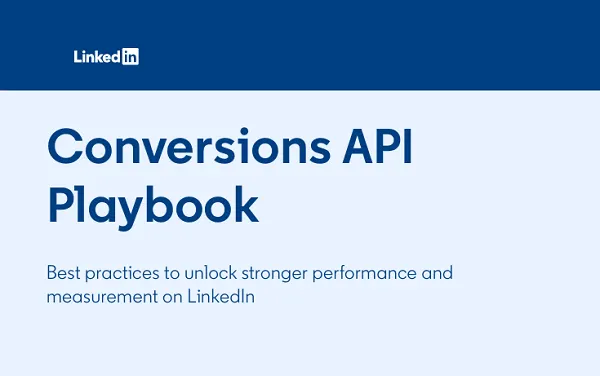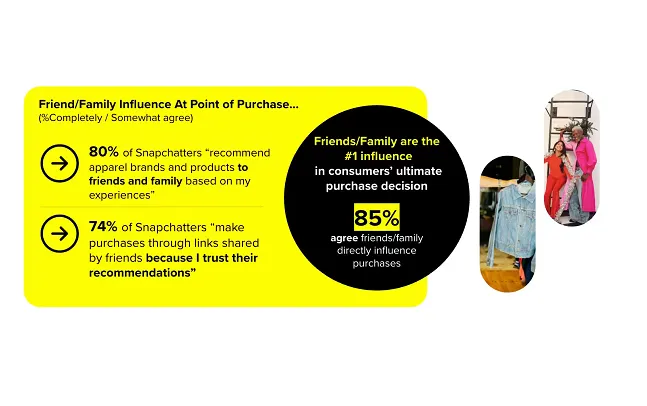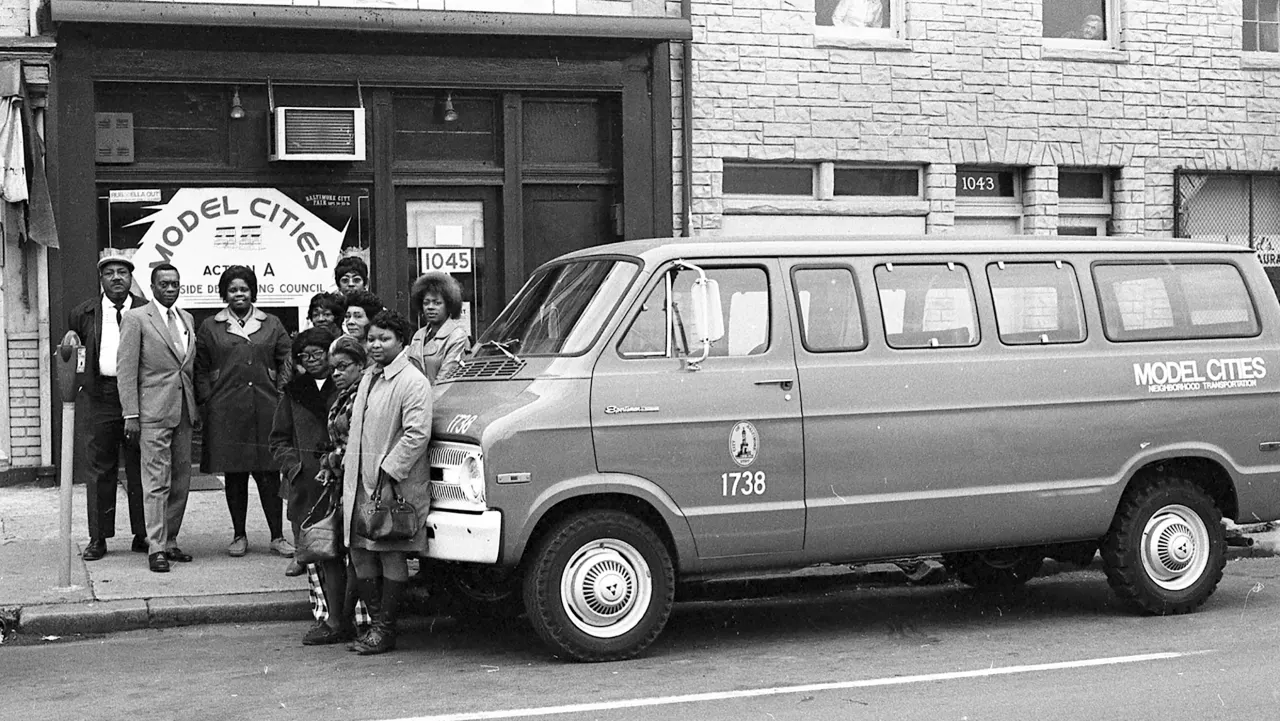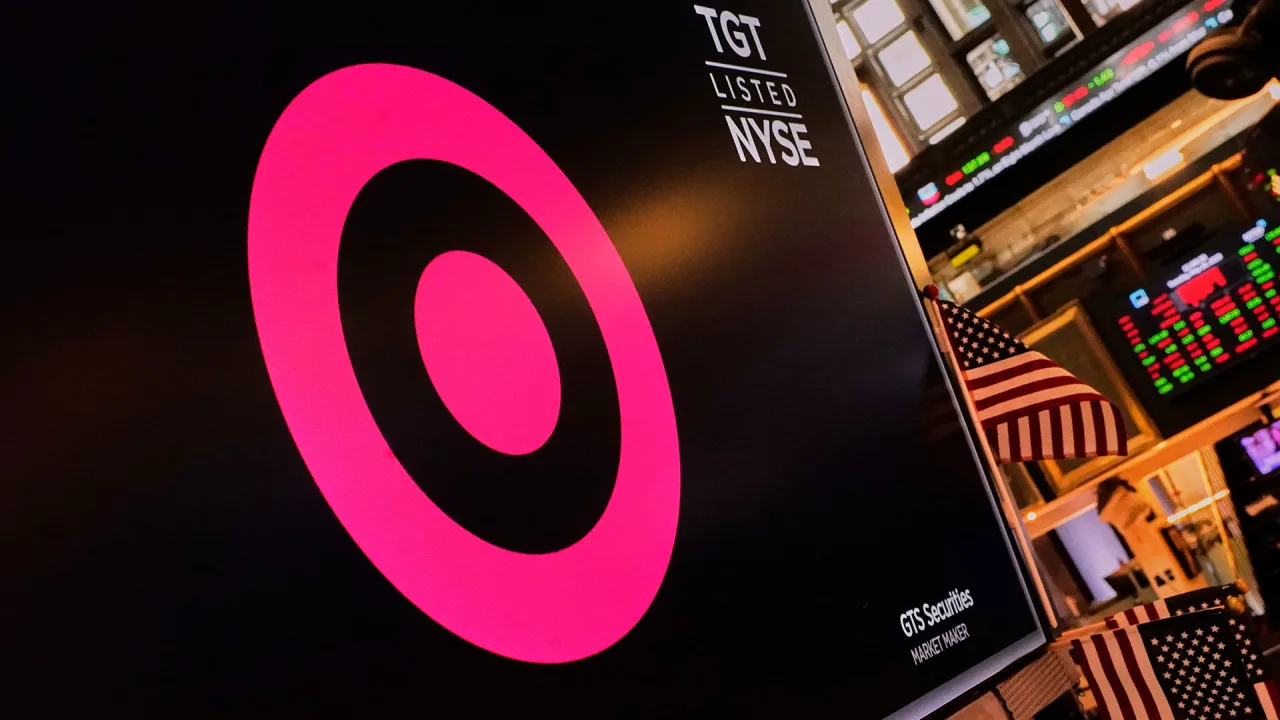Why your workplace wellness program isn’t reducing stress—and how to fix it
Companies are spending more than $65 billion globally on corporate wellness, offering everything from meditation rooms and resilience webinars to nap pods and self-help apps. Projections suggest this market will exceed $100 billion by 2032. And yet burnout is worse than ever. Post-pandemic, 77% of U.S. employees report experiencing workplace stress, according to the American Psychological Association, and 82% say they’re at risk of burnout. Experts blame collaboration overload, digital fatigue, and blurred work-life boundaries. Even artificial intelligence tools like ChatGPT, intended to streamline work, can amplify pressure by raising expectations for speed and output. This disconnect exposes a hard truth: More wellness spending doesn’t mean better employee well-being. If anything, it masks the root of the problem. The Corporate Wellness Paradox The more companies invest in wellness, the worse employees seem to feel. Is wellness spending the cause of burnout? Probably not. But it’s clearly not preventing it either. So why are both rising in tandem? 1. Wellness as a deflection, not a solution. The 10 most dangerous words in business: Burnout is an organizational problem that needs an organizational solution. Too often, companies outsource that responsibility—handing out mindfulness apps rather than asking why employees need them in the first place. Like blaming the canary instead of clearing the toxic mine, we focus on individual resilience instead of fixing the system. 2. Perks that miss the point. Wellness perks like yoga sessions sound good, but they don’t address what’s actually broken: unsustainable workloads, poor management, lack of autonomy, and toxic cultures. These programs treat symptoms, not causes. It’s like handing out umbrellas in a flood and calling it disaster relief. 3. Branding over behavior. Wellness is often treated as a recruitment asset—front and center in job postings and Mental Health Awareness Month campaigns, but rarely integrated into how work actually gets done. If wellness isn’t embedded in deadlines, resourcing, and manager training, it won’t move the needle. The result? While 81% of employers say their well-being programs are effective, 61% of employees disagree. That gap signals a deeper issue: performative wellness that looks good on paper but fails in practice. 4. The illusion of progress. Companies often equate the presence of wellness programs with progress. But few measure what matters: burnout rates, psychological safety, and team performance. When wellness becomes symbolic, it can obscure the deeper structural problems driving stress. How Companies Can Improve Their Workplace Wellness Programs If traditional wellness programs aren’t solving the problem, what will? Start by shifting from symbolic gestures to structural change. The most effective strategies don’t focus on fixing individuals—they fix the systems creating burnout in the first place. Here are five ways to start. 1. Measure what matters. Don’t confuse participation with impact. It’s one thing to track completion rates; it’s another to measure real behavioral outcomes. Metrics like absenteeism, turnover, psychological safety, and employee net promoter scores offer a far clearer picture of employee well-being than satisfaction surveys ever could. 2. Ask better, validated questions. Move beyond generic surveys. Use research-backed questions from sources like Mental Health America, having employees rate statements such as: My work stress affects my mental health. My manager provides emotional support to help me manage my stress. These surveys reveal insights about workload, leadership, and organizational culture—three of the strongest predictors of workplace mental health. 3. Rethink ROI. The best wellness investments aren’t flashy—they’re foundational. Fair compensation, job security, schedule flexibility, and a culture of respect aren’t perks; they’re prerequisites for a healthy, high-performing workplace—and exactly what workers want. These elements do more to buffer against chronic stress than any app or wellness challenge ever could. 4. Train managers as mental health allies. People don’t leave jobs—they leave bad bosses. Train leaders to recognize burnout, normalize open conversations, and model healthy boundaries. Research shows managers influence employee mental health more than therapists. That’s a leadership skill companies can’t afford to ignore. 5. Design work differently. Instead of pushing employees to “build resilience,” ask how your organization might reduce the need for it. Redesign roles, expectations, and collaboration norms to create environments in which people don’t have to constantly recover from their jobs. We Don’t Need More Wellness Programs—We Need Better Workplaces If companies frame wellness as a benefit instead of a responsibility, they’ll keep spending billions while burnout grows. The real opportunity i

Companies are spending more than $65 billion globally on corporate wellness, offering everything from meditation rooms and resilience webinars to nap pods and self-help apps. Projections suggest this market will exceed $100 billion by 2032.
And yet burnout is worse than ever.
Post-pandemic, 77% of U.S. employees report experiencing workplace stress, according to the American Psychological Association, and 82% say they’re at risk of burnout. Experts blame collaboration overload, digital fatigue, and blurred work-life boundaries. Even artificial intelligence tools like ChatGPT, intended to streamline work, can amplify pressure by raising expectations for speed and output.
This disconnect exposes a hard truth: More wellness spending doesn’t mean better employee well-being. If anything, it masks the root of the problem.
The Corporate Wellness Paradox
The more companies invest in wellness, the worse employees seem to feel. Is wellness spending the cause of burnout? Probably not. But it’s clearly not preventing it either. So why are both rising in tandem?
1. Wellness as a deflection, not a solution. The 10 most dangerous words in business: Burnout is an organizational problem that needs an organizational solution.
Too often, companies outsource that responsibility—handing out mindfulness apps rather than asking why employees need them in the first place. Like blaming the canary instead of clearing the toxic mine, we focus on individual resilience instead of fixing the system.
2. Perks that miss the point. Wellness perks like yoga sessions sound good, but they don’t address what’s actually broken: unsustainable workloads, poor management, lack of autonomy, and toxic cultures. These programs treat symptoms, not causes. It’s like handing out umbrellas in a flood and calling it disaster relief.
3. Branding over behavior. Wellness is often treated as a recruitment asset—front and center in job postings and Mental Health Awareness Month campaigns, but rarely integrated into how work actually gets done. If wellness isn’t embedded in deadlines, resourcing, and manager training, it won’t move the needle. The result? While 81% of employers say their well-being programs are effective, 61% of employees disagree. That gap signals a deeper issue: performative wellness that looks good on paper but fails in practice.
4. The illusion of progress. Companies often equate the presence of wellness programs with progress. But few measure what matters: burnout rates, psychological safety, and team performance. When wellness becomes symbolic, it can obscure the deeper structural problems driving stress.
How Companies Can Improve Their Workplace Wellness Programs
If traditional wellness programs aren’t solving the problem, what will?
Start by shifting from symbolic gestures to structural change. The most effective strategies don’t focus on fixing individuals—they fix the systems creating burnout in the first place. Here are five ways to start.
1. Measure what matters. Don’t confuse participation with impact. It’s one thing to track completion rates; it’s another to measure real behavioral outcomes. Metrics like absenteeism, turnover, psychological safety, and employee net promoter scores offer a far clearer picture of employee well-being than satisfaction surveys ever could.
2. Ask better, validated questions. Move beyond generic surveys. Use research-backed questions from sources like Mental Health America, having employees rate statements such as:
- My work stress affects my mental health.
- My manager provides emotional support to help me manage my stress.
These surveys reveal insights about workload, leadership, and organizational culture—three of the strongest predictors of workplace mental health.
3. Rethink ROI. The best wellness investments aren’t flashy—they’re foundational. Fair compensation, job security, schedule flexibility, and a culture of respect aren’t perks; they’re prerequisites for a healthy, high-performing workplace—and exactly what workers want. These elements do more to buffer against chronic stress than any app or wellness challenge ever could.
4. Train managers as mental health allies. People don’t leave jobs—they leave bad bosses. Train leaders to recognize burnout, normalize open conversations, and model healthy boundaries. Research shows managers influence employee mental health more than therapists. That’s a leadership skill companies can’t afford to ignore.
5. Design work differently. Instead of pushing employees to “build resilience,” ask how your organization might reduce the need for it. Redesign roles, expectations, and collaboration norms to create environments in which people don’t have to constantly recover from their jobs.
We Don’t Need More Wellness Programs—We Need Better Workplaces
If companies frame wellness as a benefit instead of a responsibility, they’ll keep spending billions while burnout grows.
The real opportunity isn’t in launching the next app or hosting another webinar. It’s in rethinking how we design work itself.


































































































































































































